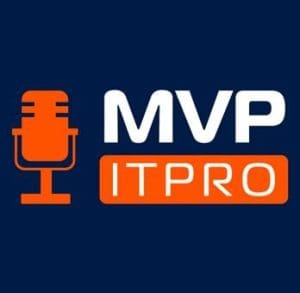
For business-savvy enterprises, there’s more to using the Microsoft Azure cloud than just adding applications, data, and users.
Small and medium-sized businesses running Azure also must make detailed contingency plans to stay connected to their applications and data if a disaster occurs. Companies should take the time to plan and configure disaster recovery services so they don’t miss a beat if and when problems arise. Continue reading

 In a 2017 survey, Microsoft Azure was identified as the most-used public cloud, and the one most likely to be purchased or renewed, according to 28% of survey respondents—the highest percentage for any public cloud provider. With results like this, it’s no wonder the number of businesses interested in Azure continues to climb.
In a 2017 survey, Microsoft Azure was identified as the most-used public cloud, and the one most likely to be purchased or renewed, according to 28% of survey respondents—the highest percentage for any public cloud provider. With results like this, it’s no wonder the number of businesses interested in Azure continues to climb. 


 Building a Hyper-V failover plan is a critical step for any organization wishing to maintain 24/7/365 availability of their Microsoft Cloud. However, configuring Hyper-V failover clusters and managing Hyper-V hosts has its own set of unique challenges, nuances and steps. This article provides an introduction to Hyper-V failover challenges, discusses its benefits and shares some resources where virtualization administrators can access more information.
Building a Hyper-V failover plan is a critical step for any organization wishing to maintain 24/7/365 availability of their Microsoft Cloud. However, configuring Hyper-V failover clusters and managing Hyper-V hosts has its own set of unique challenges, nuances and steps. This article provides an introduction to Hyper-V failover challenges, discusses its benefits and shares some resources where virtualization administrators can access more information. 

 To realize the full benefit of any cloud computing platform—Azure, AWS, or any other—you need to implement best practices related to security and compliance. All too often, data center security takes a backseat to data center design, which puts businesses at a disadvantage when it comes to keeping up with data regulations and preventing data breaches. A 2017 report from Intel Security notes that only
To realize the full benefit of any cloud computing platform—Azure, AWS, or any other—you need to implement best practices related to security and compliance. All too often, data center security takes a backseat to data center design, which puts businesses at a disadvantage when it comes to keeping up with data regulations and preventing data breaches. A 2017 report from Intel Security notes that only